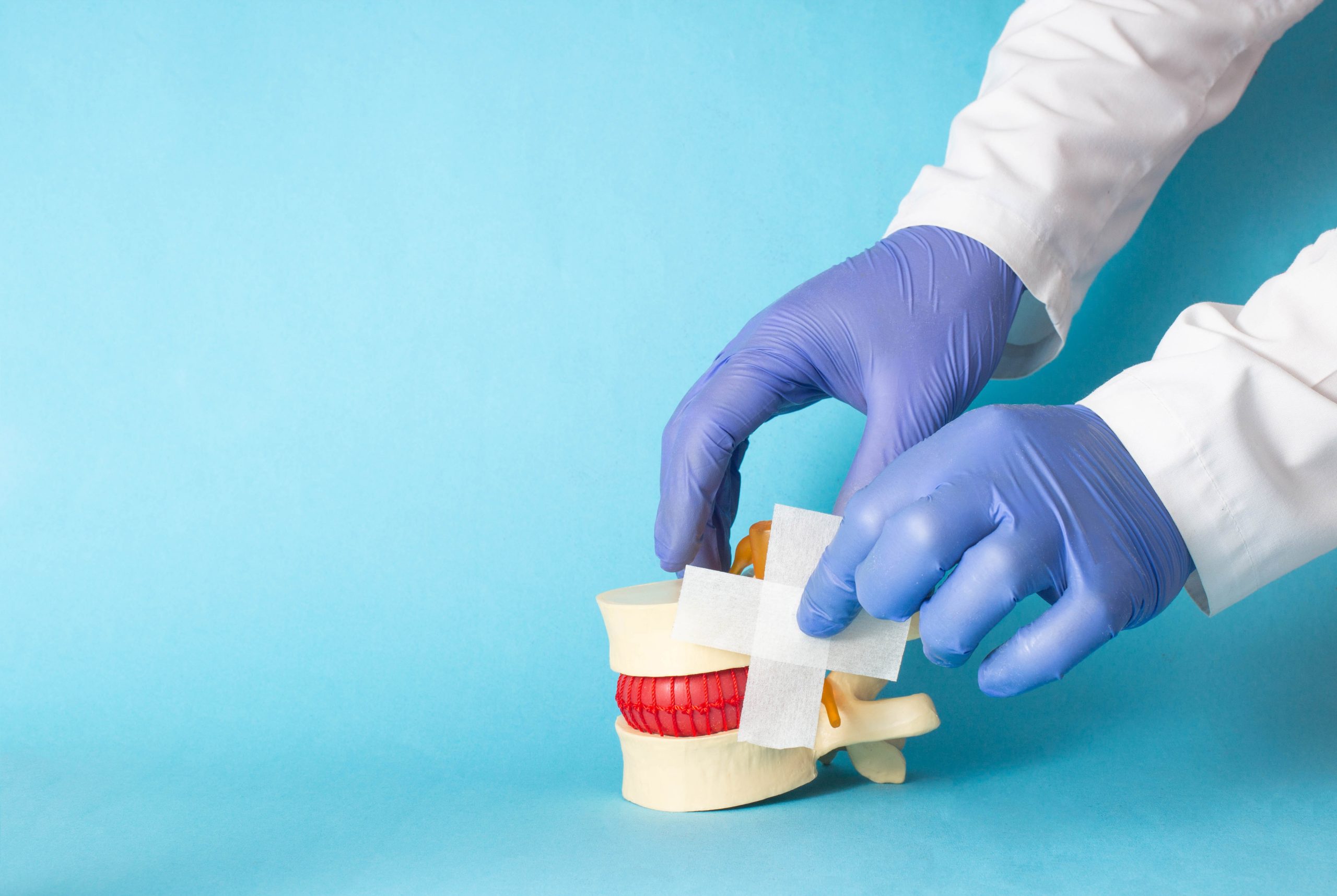What is Kyphoplasty?
Kyphoplasty is a minimally invasive surgical procedure designed to treat spinal compression fractures, often caused by osteoporosis, trauma, or cancer. The procedure involves the insertion of a balloon into the fractured vertebra to create space, followed by the injection of bone cement to stabilize the vertebra and restore its height. Kyphoplasty can significantly reduce pain, improve mobility, and enhance the quality of life for patients with vertebral compression fractures.

Why Might You Need Kyphoplasty?
Kyphoplasty may be recommended if you experience:
- Severe Back Pain: Persistent and debilitating pain due to a vertebral compression fracture.
- Osteoporosis: Weakened bones that are prone to fractures.
- Traumatic Injury: Fractures resulting from accidents or falls.
- Cancer: Vertebral fractures caused by cancerous lesions.
What Are the Steps in a Kyphoplasty Procedure?
Preoperative Preparation
- Medical Evaluation: Comprehensive review of your medical history, symptoms, and imaging studies.
- Diagnostic Imaging: MRI or CT scans to identify and assess the severity of the vertebral fracture.
- Informed Consent: Detailed discussion of the procedure, potential benefits, and risks.
During the Procedure
- Patient Positioning: You will be positioned face down on the operating table.
- Local Anesthesia: The area around the fractured vertebra will be numbed.
- Balloon Insertion: A small balloon is inserted into the fractured vertebra and gently inflated to create space.
- Bone Cement Injection: The balloon is removed, and the created space is filled with bone cement to stabilize the vertebra.
- Incision Closure: The small incision is closed with sutures or staples, and a sterile dressing is applied.
Postoperative Care
- Observation: Brief monitoring period to ensure no immediate adverse reactions.
- Pain Relief: Pain relief is often immediate, though full benefits may develop over a few days.
- Activity Guidelines: Advice on physical activity restrictions and gradual return to normal activities.

Recovery and Rehabilitation
Postoperative Care
- Immediate Effects: Most patients experience significant pain relief and improved mobility shortly after the procedure.
- Pain Monitoring: Keeping a diary of pain levels to track the effectiveness of the kyphoplasty.
- Follow-Up Appointments: Scheduled to assess your recovery and plan any further interventions if necessary.
Potential Complications
While kyphoplasty is generally safe, potential complications can include:
- Infection: Risk of infection at the injection site.
- Bleeding: Minor bleeding or bruising may occur.
- Nerve Damage: Rare but possible risk of temporary or permanent nerve damage.
- Cement Leakage: Potential leakage of bone cement into surrounding areas.
Benefits of Kyphoplasty in Pain Management
- Significant Pain Relief: Rapid reduction in pain levels.
- Improved Mobility: Enhanced ability to move and perform daily activities.
- Spinal Stability: Strengthening and stabilization of the fractured vertebra.
- Enhanced Quality of Life: Improved overall well-being and ability to engage in physical and social activities.
Find a Pain Management Surgeon
Find a Location
MENDELSON KORNBLUM PAIN MANAGEMENT - LIVONIA
For appointments contact
Scheduling: 855.750.5757
For billing questions
Billing: 586.439.6242
Fax: 734.542.0220
MENDELSON KORNBLUM PAIN MANAGEMENT - WARREN
For appointments contact
Scheduling: 855.750.5757
For billing questions
Billing: 586.439.6242
Fax: 586.261.1961
Fax (Pain Management): 586.838.1603
MENDELSON KORNBLUM PAIN MANAGEMENT- STERLING HEIGHTS
For appointments contact
Scheduling: 855.750.5757



